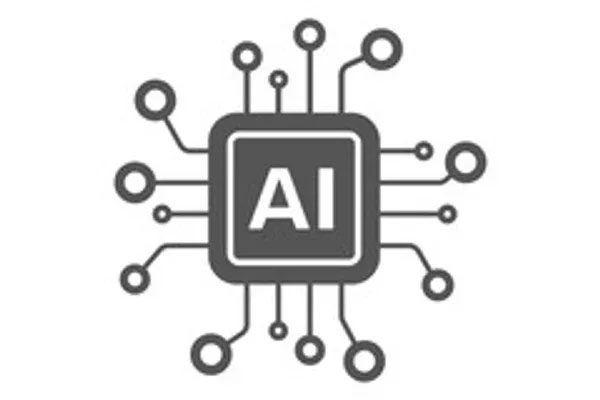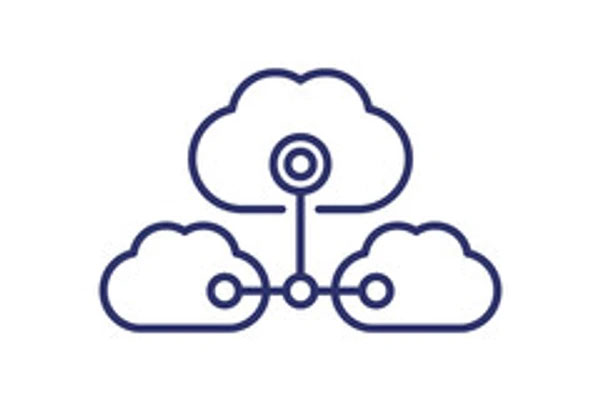Manufacturers, large or small, buy systems like ERP (Enterprise Resource Planning), CRM (Customer Relationship Management), and MIS (Manufacturing Information System) to manage their business better, cut costs, and improve customer relationships. These systems help in the targeted initiatives by improving some process efficiencies but legs the true potential because the data captured by these systems resides in silos between Information and Operation systems. In most small and midsize manufacturers, getting insights from real-time or historical data for analysis and operational purposes requires manually pulling data and putting it in a consumable format. This process adds delays and errors. This issue can be addressed by Implementing data integration between IT (Information Technology) and OT (Operational Technology) domains. Careful planning and execution can help achieve data integration to eliminate data silo problems.
Following is an approach that can assist in implementing data integration effectively:
- Object definition Identify the specific business goals you want to achieve by integrating IT and OT data. Typical objectives include improving operational efficiency, reducing downtime, optimizing resource utilization, and enabling real-time monitoring and decision-making.
- Current Infrastructure Evaluate your IT and OT infrastructure, including hardware, software, and communication systems, for compatibility and seamless data integration.
- Identity Data sources IT data sources may include enterprise resource planning (ERP) systems, customer relationship management (CRM) systems, and other business applications. OT data sources may include programmable logic controllers (PLCs), sensors, production machines, and other operational devices.
- Data standardization and normalization Establish data standardization and normalization protocols to ensure consistency and compatibility between IT and OT data. To facilitate seamless integration, define common data formats, naming conventions, and dictionaries. This step is crucial to ensure that data from diverse sources can be effectively combined and analyzed.
- Connectivity and communication Establish secure and reliable connectivity between IT and OT systems. This may involve setting up dedicated network infrastructure, such as virtual private networks (VPNs), firewalls, and gateways. Choose appropriate communication protocols, such as MQTT or OPC UA, to enable data exchange between IT and OT systems.
- Data collection and aggregation Implement mechanisms to collect and aggregate data from various IT and OT sources. This may involve deploying data collection agents or gateways to gather data from different devices and systems. Ensure the collected data is timestamped and securely transmitted to a central repository for further processing.
- Data integration platform Deploy a data integration platform or middleware to manage IT and OT data integration. This platform should provide capabilities for data transformation, mapping, and synchronization. It should also support real-time data processing and analytics for timely insights and decision-making.
- Data analytics and visualization Implement data analytics and visualization tools to derive meaningful insights from integrated IT and OT data. These tools should allow you to monitor key performance indicators (KPIs), detect anomalies, and generate actionable reports and dashboards. Consider using machine learning and artificial intelligence techniques to uncover patterns and optimize manufacturing processes.
- Security and compliance Implement robust security measures to protect data integrity and confidentiality. This includes securing data transmission channels, encrypting sensitive data, and implementing access controls. Additionally, ensure compliance with relevant data protection regulations, such as GDPR or CCPA, to safeguard customer and employee data.
- Testing and continuous improvement Test the integrated system thoroughly to identify any issues or performance gaps. Conduct pilot runs and monitors the system’s performance in real-world scenarios. Collect feedback from end-users and refine the integration processes based on their experiences. Continuous improvement is essential to optimize data integration and achieve your defined objectives.
Conclusion Remember that data integration between IT and OT is not a destination but a journey that requires an ongoing process for monitoring, maintenance, and adaptation to evolving business needs and technological advancements.
Integrating different IT and OT systems can allow you to tie different systems like accounting with sales and production management, inventory and production control, engineering management, electronic data interchange, web-enabled customer interaction, e-mail, workflow, and other applications. Integrating different IT and OT systems to optimize your processes for efficiencies and higher performance can be challenging, especially for smaller manufacturers. There are resources in the private and public sectors, including local, state, and federal government entities, which can help small manufacturers achieve solid returns on investment and bottom-line results and facilitate organizational transformation and growth.





